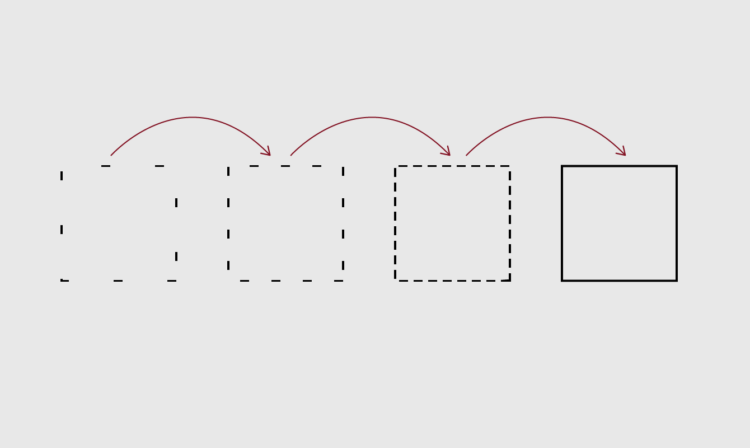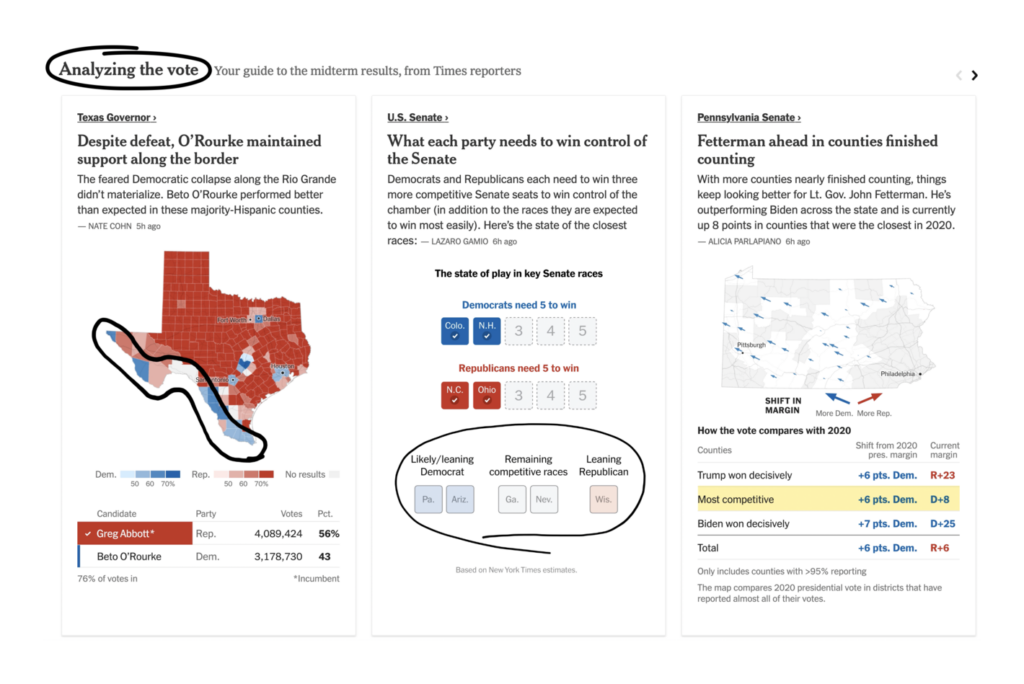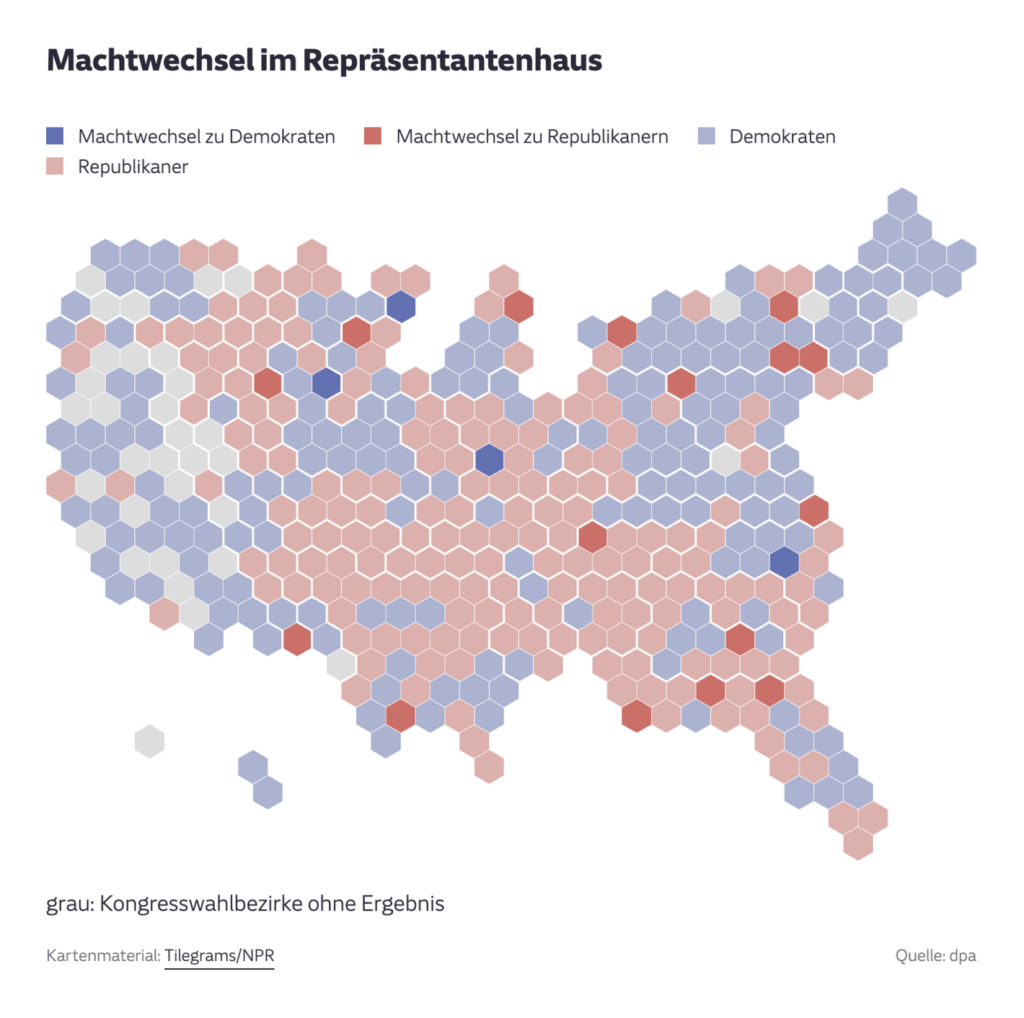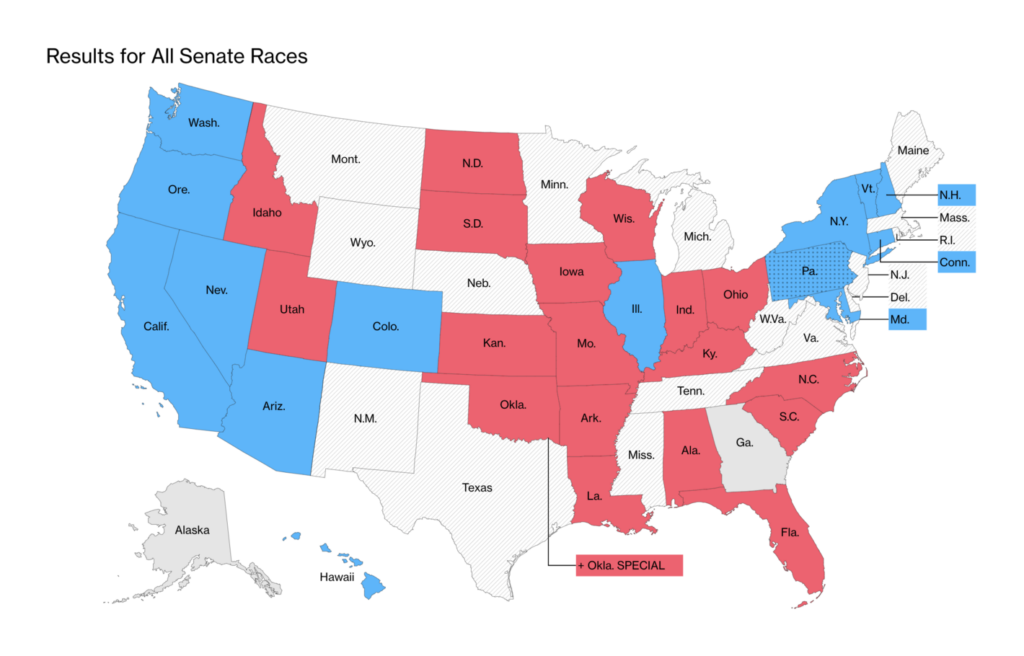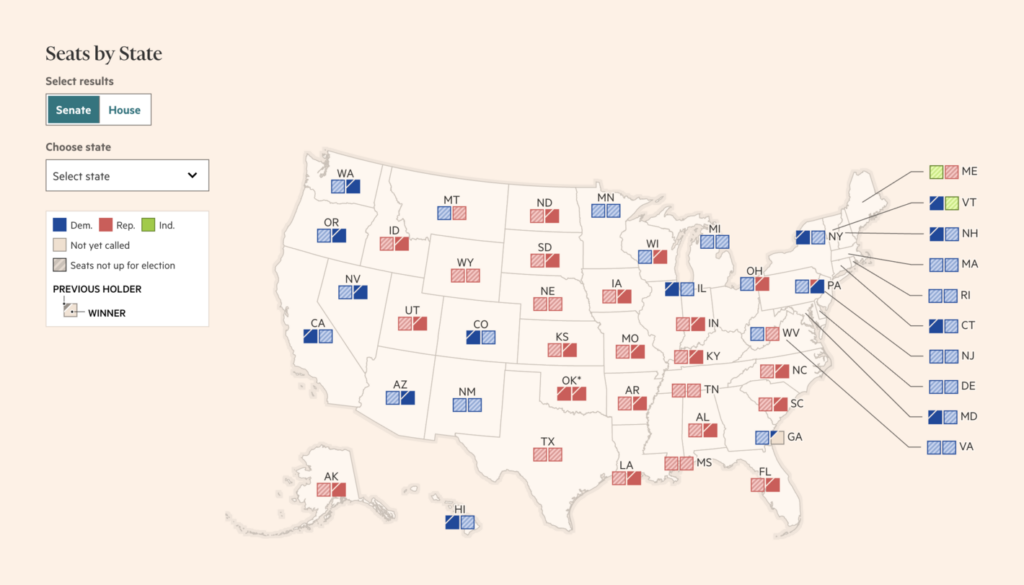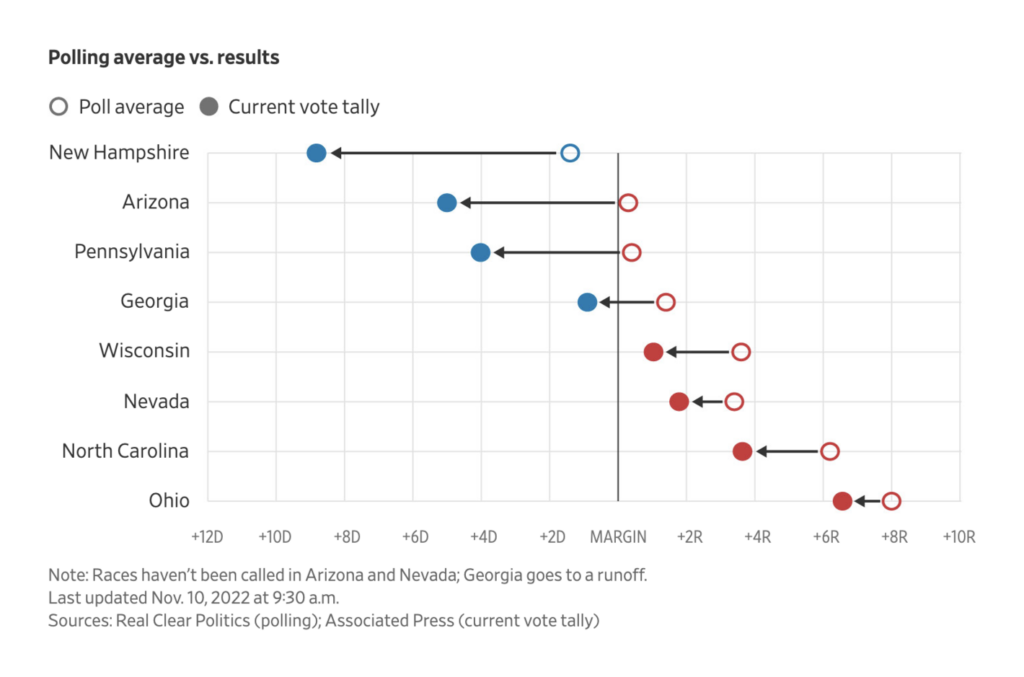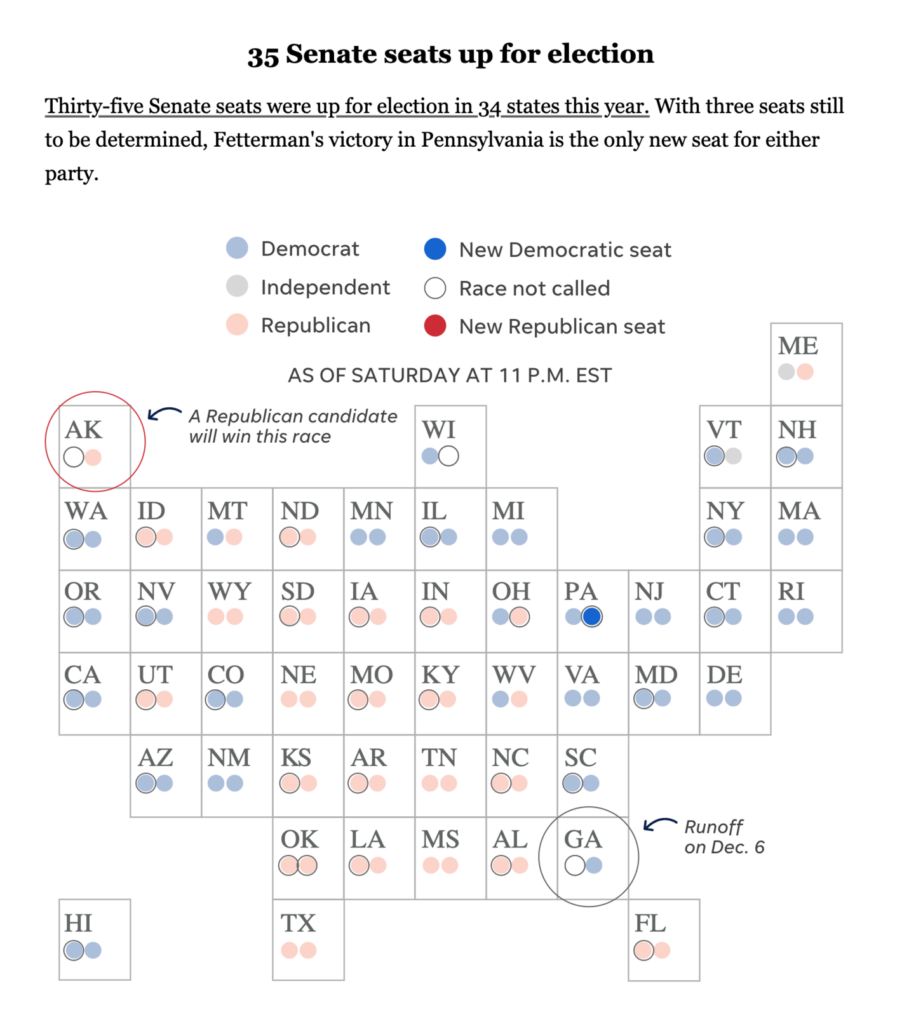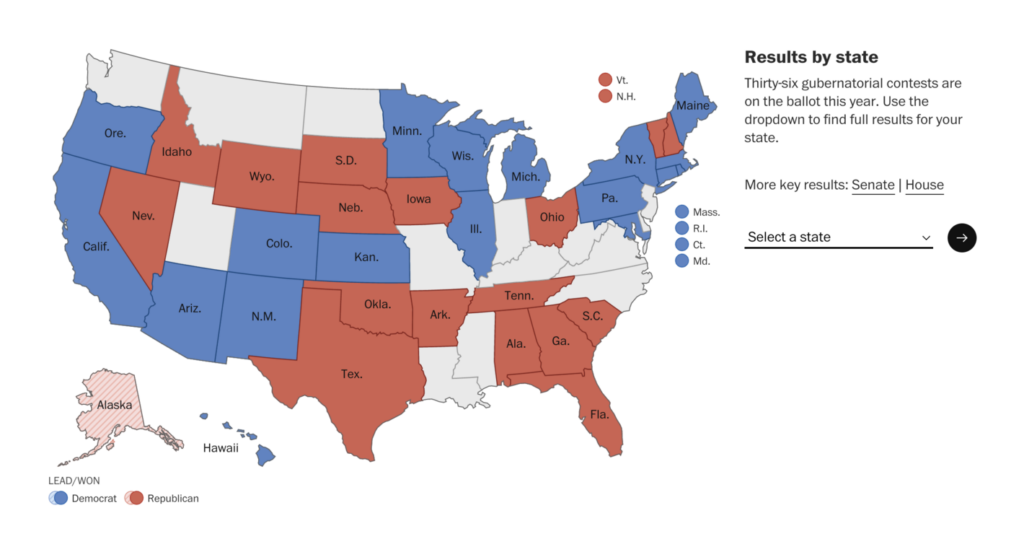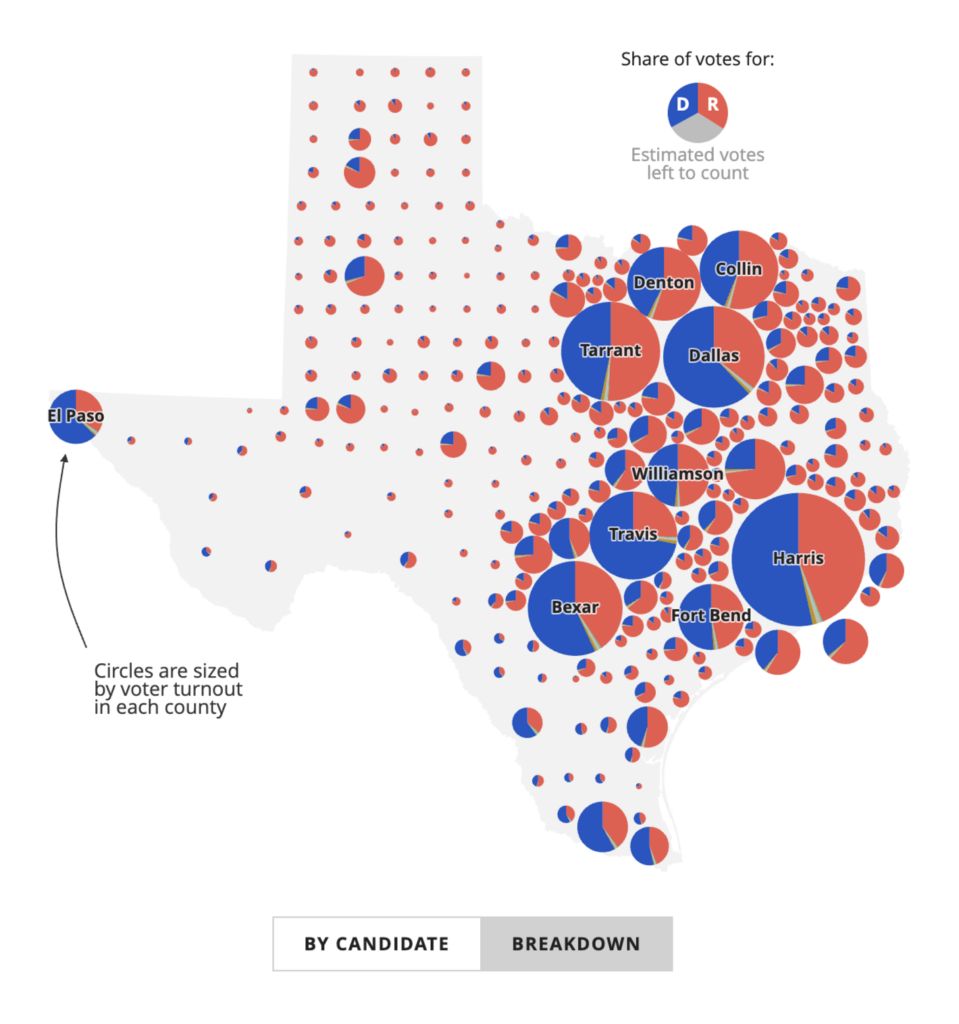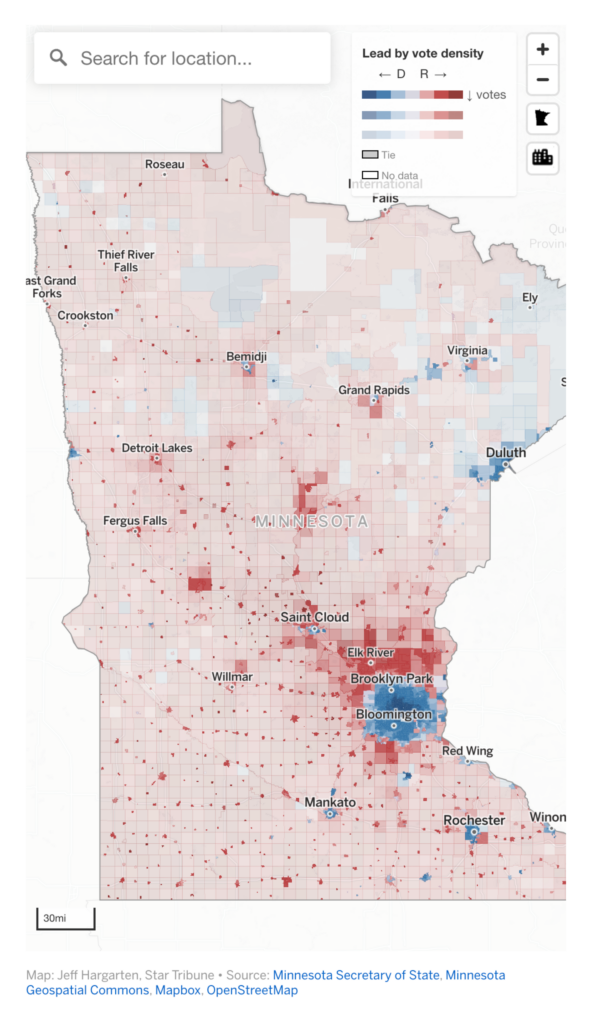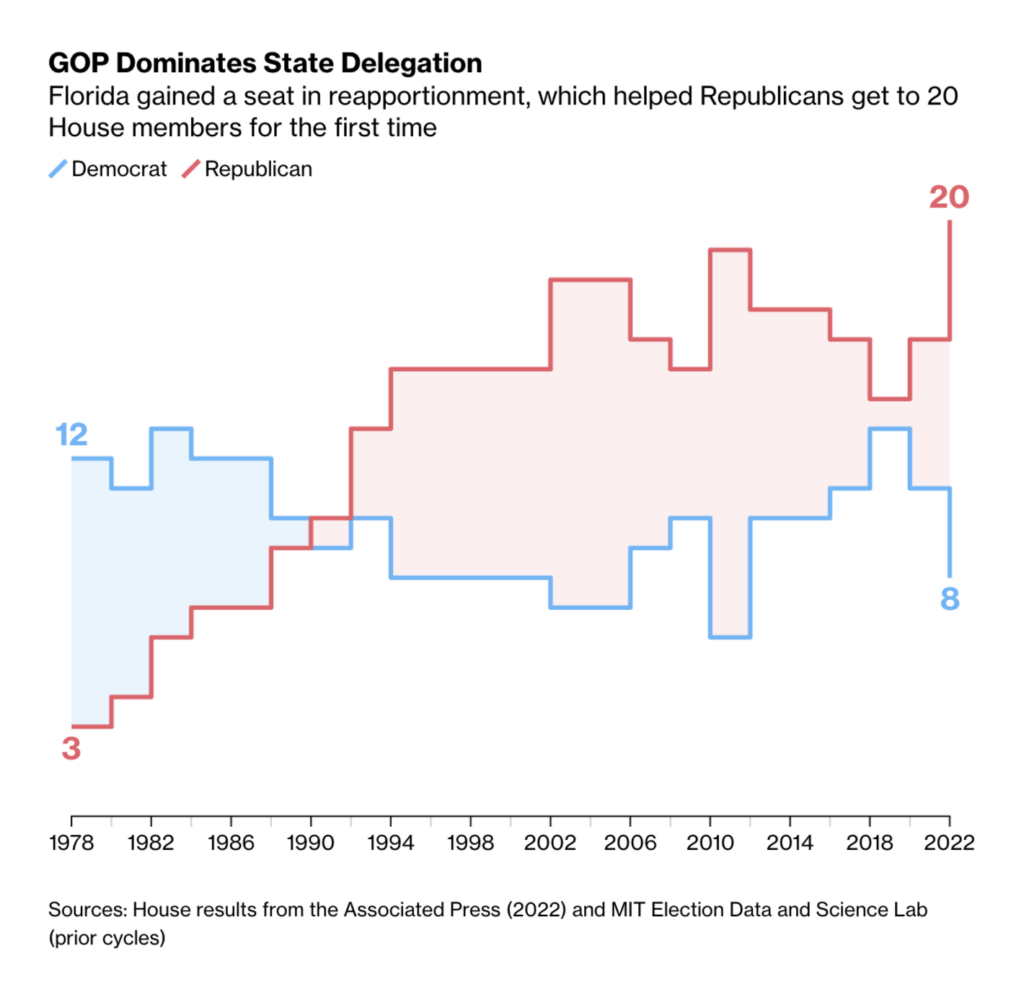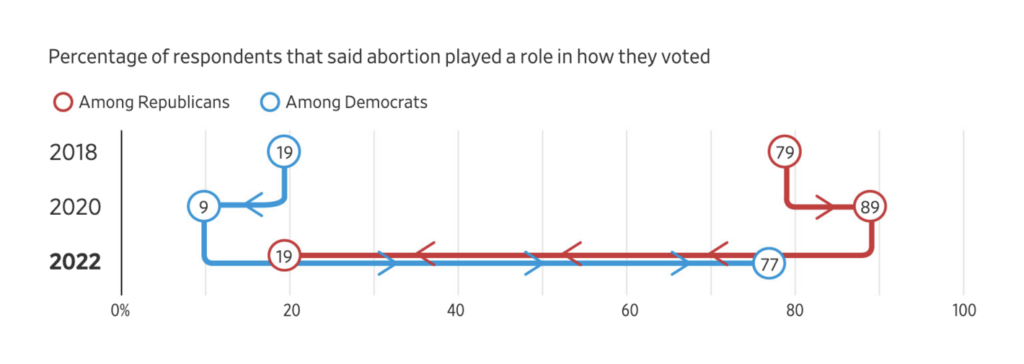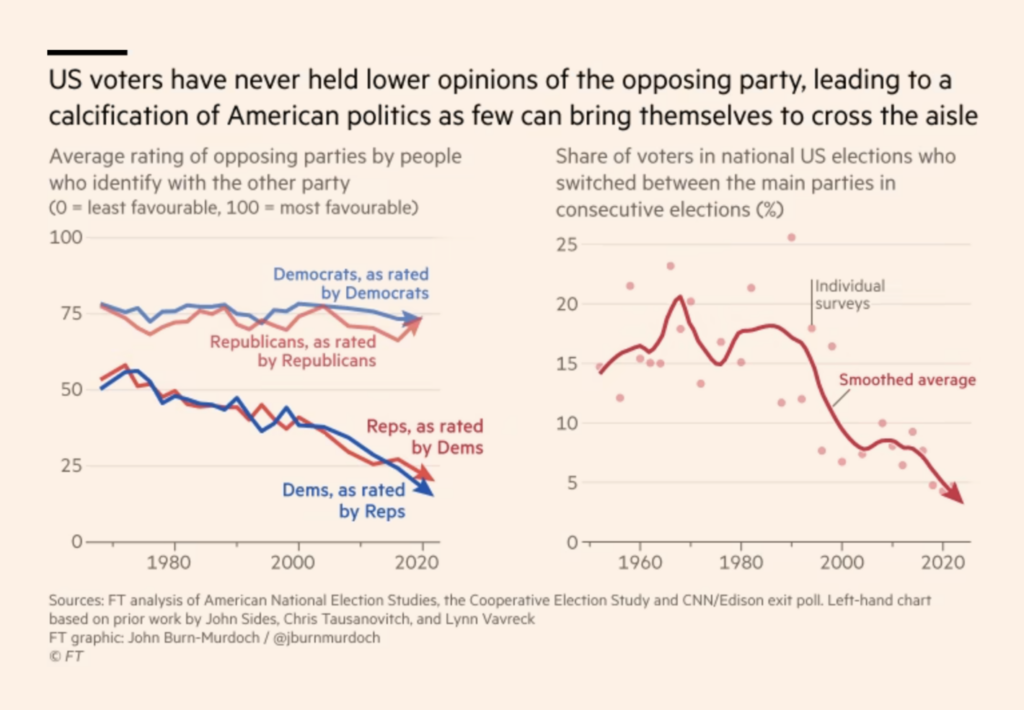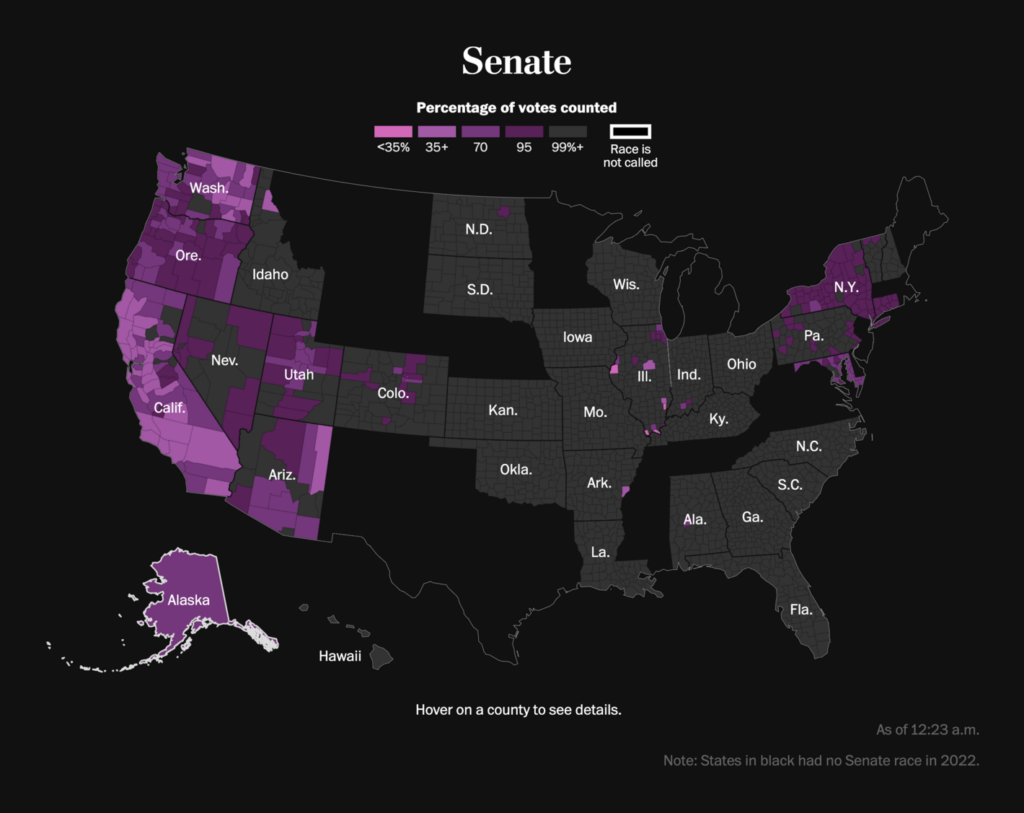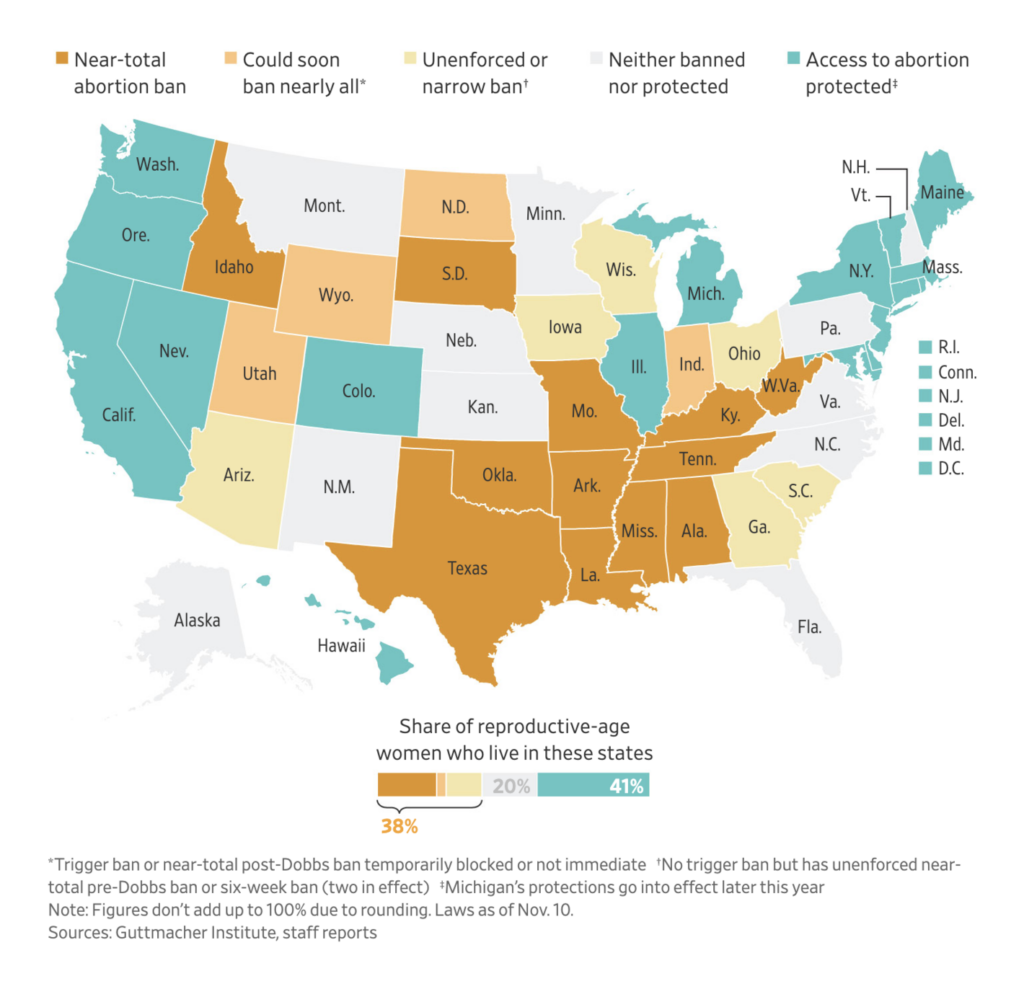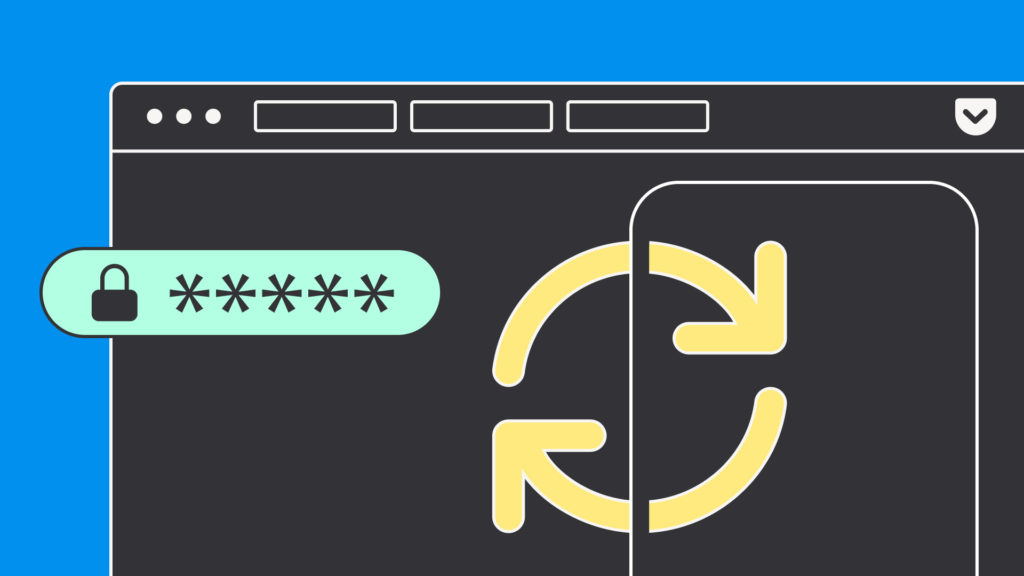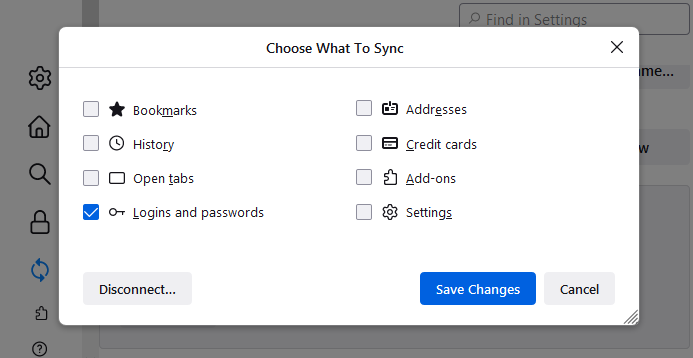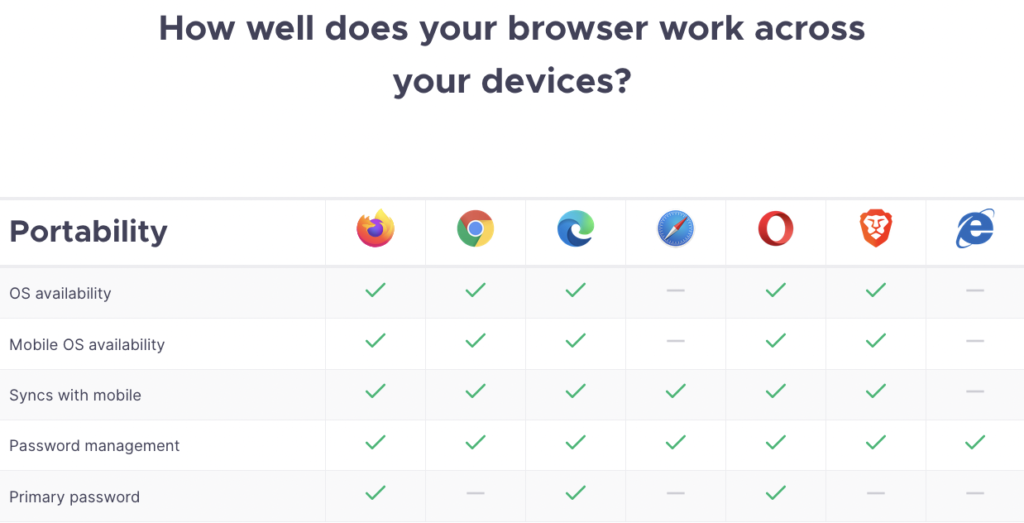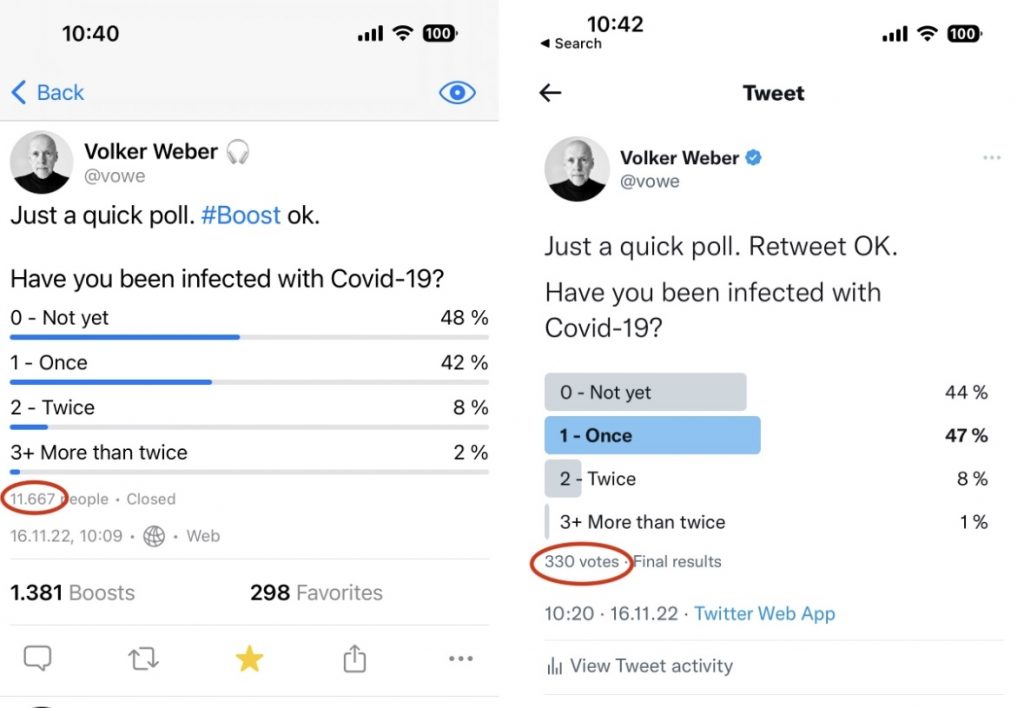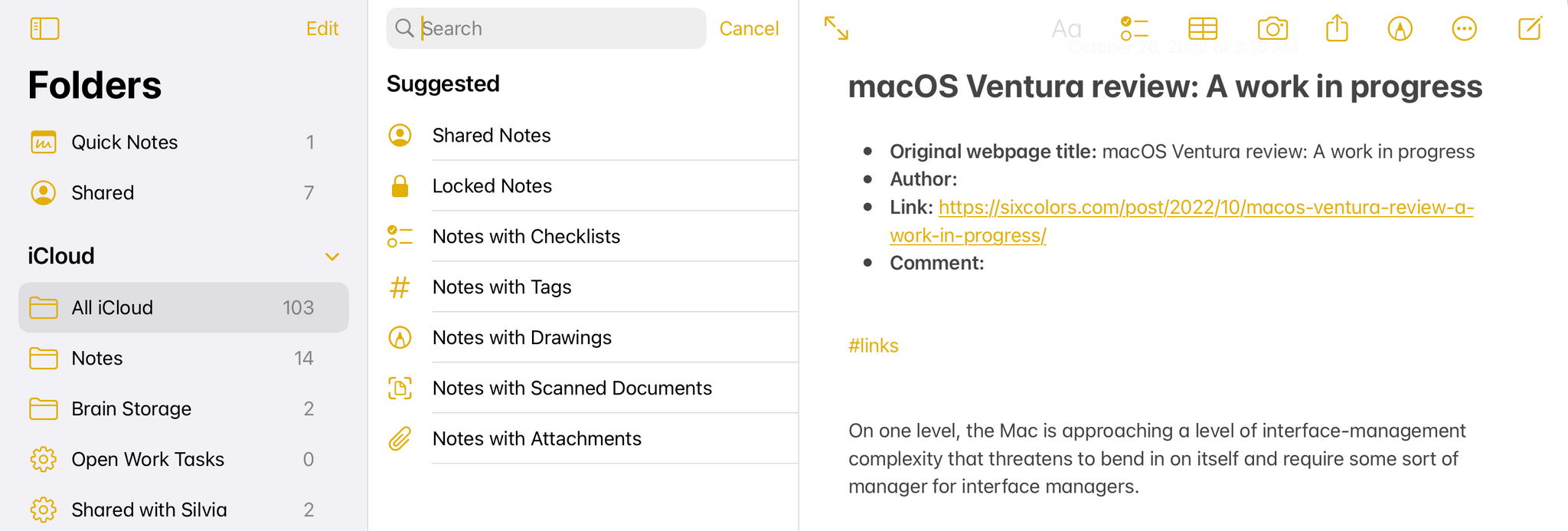The destruction of Twitter at such a fast rate that you can pretty much watch it collapse in real time is a bit melancholy for me. Though I’m happy to see Billionaire Baby demonstrate clearly his level of actual competence, I’m sad to be losing a platform that I met so many good friends on and had so many positive memories on.
Of course, not every memory is a positive one, and that’s sort of the point of this next story, which is kind of my greatest moment of glory on the platform. I took on one of the worst internet trolls of the time, confused the hell out of her, and not only walked away without a scratch, but with a laugh.
It’s been a few years so it’s about time that this story be told.
So let me set the scene. The story begins in June of 2015. The prominent British biochemist Tim Hunt was participating in the World Conference of Science Journalists in Seoul, and gave remarks at a lunch for women journalists and scientists. His remarks, as reported later, were not good:
It’s strange that such a chauvinist monster like me has been asked to speak to women scientists. Let me tell you about my trouble with girls. Three things happen when they are in the lab: you fall in love with them, they fall in love with you, and when you criticise them they cry. Perhaps we should make separate labs for boys and girls? Now, seriously, I’m impressed by the economic development of Korea. And women scientists played, without a doubt, an important role in it. Science needs women, and you should do science, despite all the obstacles, and despite monsters like me.
Now Hunt argued that his remarks were intended to be a joke, and not taken seriously, but they were definitely inappropriate for a speech in front of a room full of women professionals, especially ones in a field that is well known to treat women very poorly. Furthermore, he defended his comments for a few days after he made them, until the heat really started to turn on.The remarks were pretty widely condemned by scientists and science communicators, with some infamous unsurprising exceptions, and Hunt ended up resigning from a number of prestigious positions. Twitter was filled with people criticizing Tim Hunt for his comments, though it is important to note that Hunt himself was not and never was on Twitter.
Enter Louise Mensch, serial con artist and shameless opportunist. Most people are probably familiar with her more recent grift, when she found a degree of success as a member of the “anti-Trump” crew, promoting unverified and nonsensical conspiracy theories about Trump’s connections to Russia. (There probably *are* connections to Russia, but she published any weird garbage she heard, for clicks.) She was also a briefly a member of the UK Parliament from 2010-2012, before moving to the US with her new husband to pursue a media career.
She quickly became known for being a right-wing cyberbully, siccing her large following on anyone she felt deserved her ire (and would give her the most attention). In the Tim Hunt controversy, she portrayed herself as the defender of Tim Hunt’s honor, and launched dogpiling attacks on anyone who happened to mention the name “Tim Hunt” on Twitter. She would clearly search for his name and launch attacks on anyone who mentioned him.
I had quite a few friends who were targeted by her, and most of them had to lock their accounts during the onslaught. It in fact seemed like everyone I knew in the science communication community was attacked at some point or another.
In October of 2015, it was finally my turn.
As it happens, I was in San Jose, California to attend the annual Frontiers in Optics meeting. The confrontation started as I was back at my hotel room, relaxing for a bit before the meeting reception in the evening. I saw a tweet from my friend about the Tim Hunt situation and replied, not thinking much of it. (Note how I used a dot in front of her name to make it a public reply, as we did back in the day.) Thus began the event:

Note that she used a quote tweet, so that the post is visible to all her followers, and she also used a hashtag, so that anyone could find her post and join in on the harassment. Her goal was to troll me into a response, and make me reflexively defend myself and my science and argue with her, to give her something for her brigade to hammer me on.
However, I had prepared in advance.
When the Tim Hunt stuff started, I realized that there was a possibility that I might get attacked my Mensch herself; what, I asked myself, would be the best response? This is what I came up with:

As I was typing my response, Mensch had already continued a thread to yell at me some more. And I had more responses.

Weirdly, Mensch seemed convinced that nobody was allowed to be offended by Tim Hunt’s comments unless they had heard them in person. Of course, this was also something she wanted to draw me into an argument on. And added more insults to try and upset me by mocking my cats.
Finally she caught up with my “Hi I’m Dr. SkySkull” tweet:

At this point, a number of my twitter friends were commenting on this thread. The comments were largely along the lines of: “I have no idea what is happening here but I can’t look away.”
Mensch just continued to try to get a reaction out of me:

Can you see what I was doing at this point? Mensch’s entire schtick was to push people into a defensive stance, to get them to react to her attacks, probing for weak points that she could repeatedly hammer them on. So I not only gave her any ammunition, I didn’t even bother to respond directly to anything she said. I just shouted non-sequiturs at her in all caps.
She tried responding directly to my tweet about “science” to goad me.

At this point, I was laughing my ass off. I was just sitting there, waiting to see what she would tweet at me next, and I was having a great time thinking up new bullshit to reply.

You can see her getting a little desperate, returning to her notion that one cannot be offended by things that do not happen directly in front of you. And she kept trying, the poor dear. She was like a one-hit wonder just playing the same hit song over and over again, hoping for greatness to return.

Then, instead of doing a public “dot-reply,” she tried to bring her followers into the attack, by simply mentioning me in a tweet attacking me. This was also one of my favorite replies:

When I was in grad school, my classmate Eliza and I used to play the “non-sequitur game” that we made up. The point was to have a conversation with each other in nothing but non-sequiturs. The first person who replies with something even vaguely related to the previous comment was the loser. This game prepared me well for dealing with Mensch.
She made one final desperate attempt to provoke me for being a cat parent. I feel that my comments got better as the conversation went on.

She gave up for a few minutes, but clearly was unhappy that she hadn’t gotten the reaction she wanted, so she tried again to stir up her followers against me. I again had a response prepared.

Notice the little smiley face and the hashtag “TimHunting.” That was one last attempt to get people to pile on. That was the last I heard of Louise.
As for her followers? I had two people tweet at me, trying to goad me, and I literally just ignored them. And then? Nothing. I didn’t bother locking my account, I didn’t bother blocking Mensch. I didn’t have to.
I went to the Frontiers in Optics Reception, had a few glasses of wine, and relaxed and enjoyed myself. I didn’t even need to look at my phone, though I did just to post one more tweet.

You may wonder what the point of all this was. Mensch prided herself on her ability to intimidate and bully people. I deprived her completely of oxygen. I not only ignored her arguments, I made it very clear with my nonsensical statements that I was not giving her the one thing she probably wanted the most, some of the internet’s most valuable currency: respect. You can almost see in her posts the slow realization that I’m just completely mocking her, and that I’m mocking her for the entertainment of all my followers.
Honestly, I didn’t see much in the way of Mensch and the Tim Hunt affair after that. I can’t say for certain, but I like to think I took the wind out of her sails and she looked ahead to her next grift. And maybe get a little payback for all my friends who were attacked by her.
There were other prominent famous internet trolls who liked to launch attacks on people with their followers. I actually came up with different mocking approaches for each of them, but never needed to use them. Fortunately, Twitter started to crack down on organized harassment campaigns, and though they didn’t go away completely, the frequency of them went down.
This story combines the best and the worst of Twitter all at once. I hope you found it entertaining! Raising a glass to Twitter, for however long it lasts.

